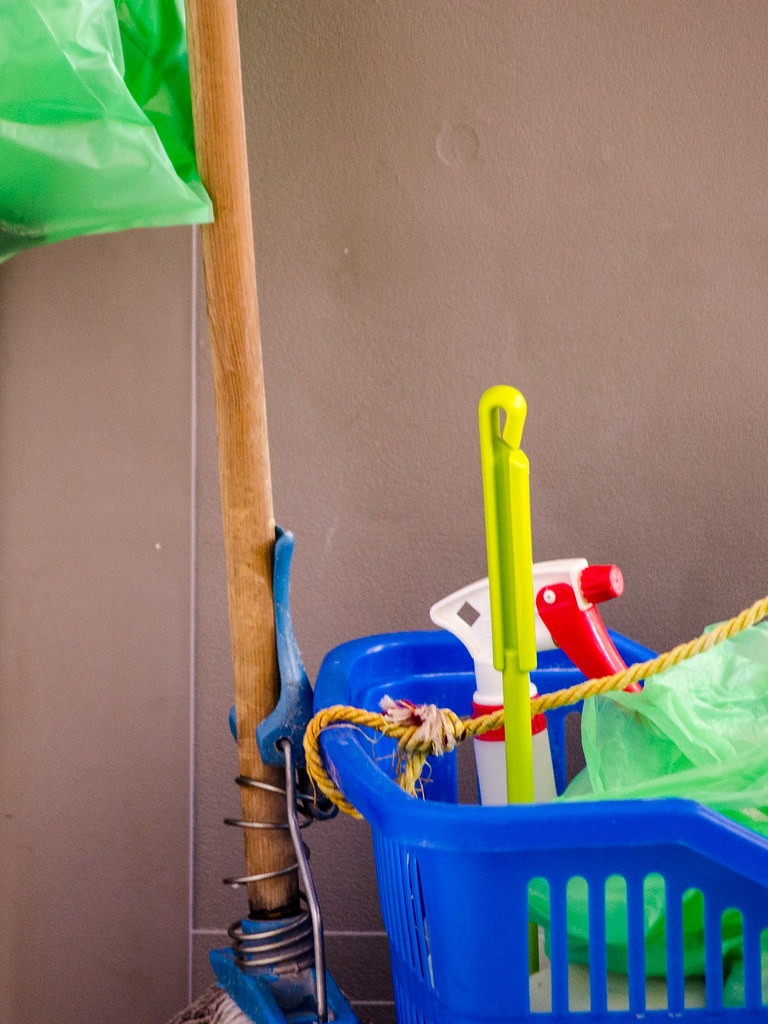Our ever-rising levels of outdoor air pollution, from industrial and automobile emissions and the burning of greenhouse gasses, is enough to scare anyone into spending as much time as possible indoors. As it is, Americans spend an average of 90% of their time inside. Surprisingly, though, the Environmental Protection Agency (EPA) reports indoor air as being two – five times more polluted than what we face outside. Left unchecked, the air we are breathing is the most hazardous in the places we should be the safest. There are, of course, many ways to reduce pollutant contamination in your home.
Open A Window
Adequate ventilation is integral in maintaining healthy indoor air. Opening some windows (provided it is not too chilly out) and turning on window or attic fans, even if only for a short time each day, can go a long way toward immediately improving the quality of the air you and your family are breathing in your home. It is also important to make sure to properly ventilate when cooking to remove cooking-related fumes, and in the bathroom to remove steam, as high humidity levels resulting from condensation contributes to mold growth.
Ventilation functions by pushing contaminated air out and bringing fresh air in, so it is worth noting that for those living near freeways or busy streets, it’s best to avoid opening windows and using those window fans during rush hours. Otherwise you will just be replacing contaminants with a different set of contaminants.
Ditch Those Toxic Cleaning Products

It might feel counterintuitive to think of cleaning products as potentially bad for your health. Just the smell of household cleaners is tantamount to a clean, safe home for many of us. However, a surprising number of common cleaning products are sources of toxic fumes, gases, and particulate matter. Exposure to these toxins, even with domestic use, has both short and long-term negative effects on your health, like increased asthma and allergy symptoms, cardiovascular issues, headaches, nausea, fatigue, and eye and skin irritation, among others.
Replacing toxic cleaners with natural or “green” products will make your home safer, especially for kids and pets. Small children and animals are particularly vulnerable to toxins because their size increases concentration levels. Manufacturers are not required to disclose all poisonous ingredients on their packaging, so learning how to read labels and what to look for is invaluable. If you are feeling particularly ambitious, you can always make your own all-natural products at home, which can also save you lots of money.
Keep Your HVAC Running
When properly maintained, your HVAC unit can be used as a full-home air filtration system. Even if the temperature outside does not warrant turning the AC or heat on, simply running the fan circulates and filters the air indoors. Outfitted with UV light filtration, your system cleans your air up to 90% better than without. A clean HVAC filter is your number one defense against poor air quality, while a filter that is not changed regularly can actually harbor bacteria, dirt, dust, mold, and other airborne contaminants. Filters should be changed every 30 – 90 days, depending on household pets and allergies.
Clean air is essential for good health. Luckily, understanding the risks and learning how to mitigate them greatly reduces your risk for both short and long term health problems.







